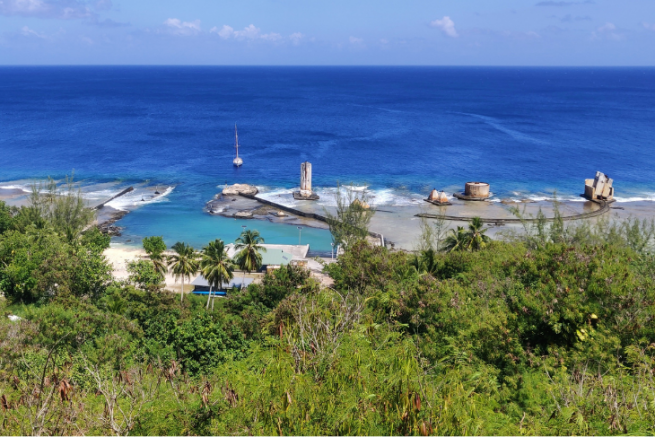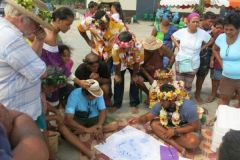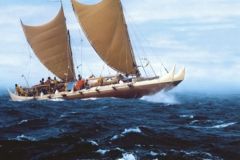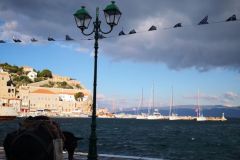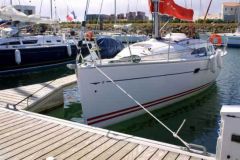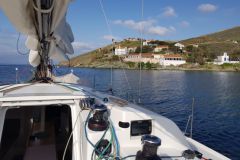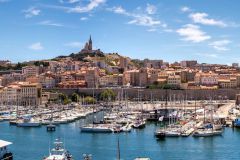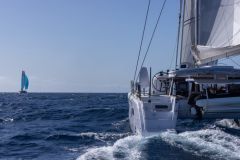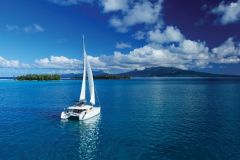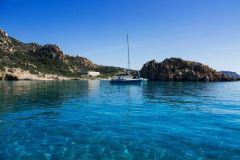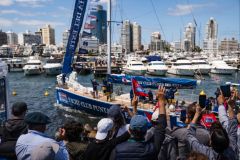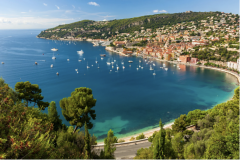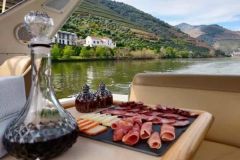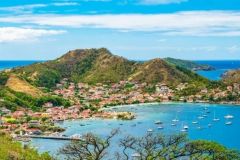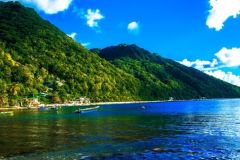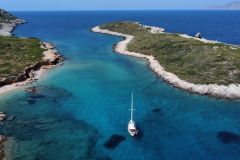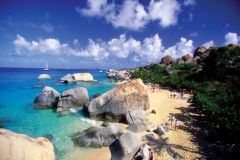Sixty meters deep and three moorings
On the west coast of Makatea, beyond the plateau, the bottom falls quickly. The small port of Temao can only accommodate one shallow-draft boat, depending on the tides and weather conditions. Outside, there are only three moorings available and they are quickly taken by storm.
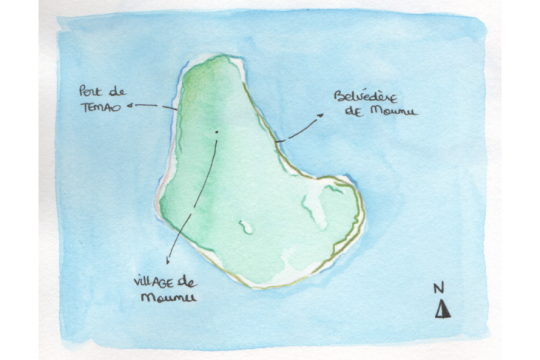
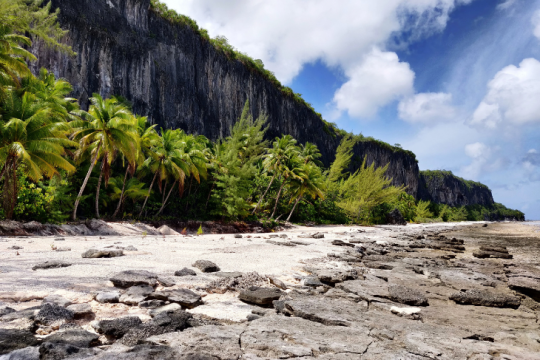
An anchorage overlooked by the cliffs
The island is unlike any other atoll in the Tuamotu archipelago. Makatea is an elevated atoll, and the 80-meter high cliffs that dominate the anchorage area offer a real spectacle. At their feet, an impressive swell comes crashing down on the flat land.
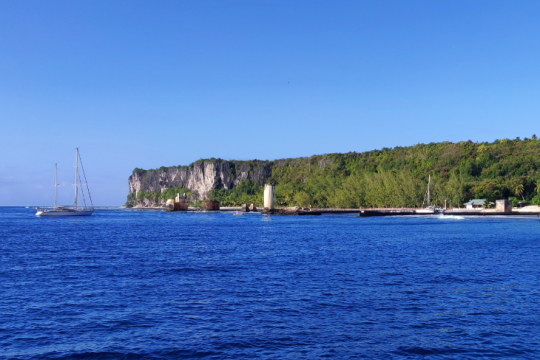
From the anchored sailboat, one can see the remains of old port installations: turrets built from coral and the mobile gangway, which could load up to 500 tons of ore per hour into the cargo ships anchored off the reef.
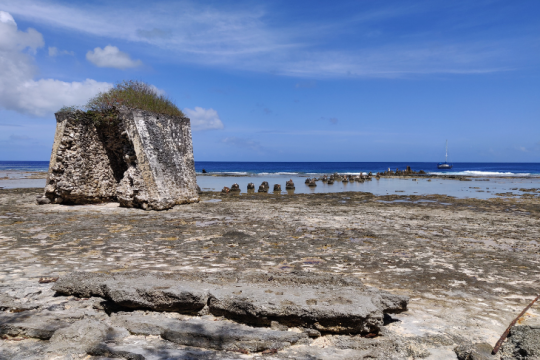
On land, impressive industrial remains
To disembark, even with a dinghy, the entrance to the harbor is sporty. The discovery of the island on foot starts with a big climb. The road to take is the one of the old railway tracks, still visible on the ground. Here, the vegetation dominates!
The elements that were used for phosphate mining have not disappeared: they are still in place and are slowly disappearing at the rate of corrosion.
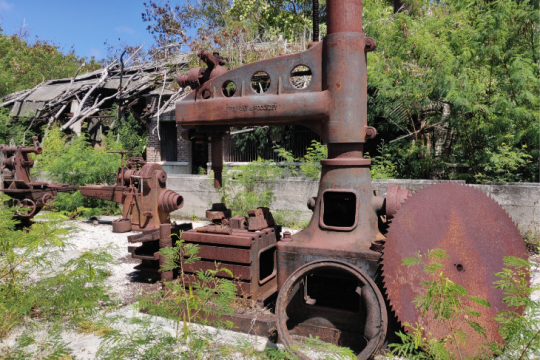
The path that crosses the old village gives to discover all the industrial heritage of this old activity. Ruins of the old phosphate processing warehouses, working tools, old locomotiveâ?¦ everything is there! The atmosphere is astonishing and invites the imagination.
Many remnants remain and there are corroded pieces of metal everywhere. But nature has quickly taken over: trees have grown in the metal towers, beyond the concrete walls that surrounded them or inside what remains of the buildings. On the ground, on the walls, around the beams, on the roofs and former water tanks, there is vegetation everywhere!
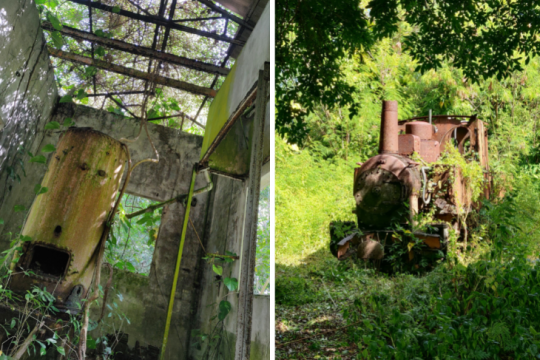
The village of Moumu and the viewpoint
At the height of its industrial activity, the atoll was home to thousands of workers and the population exceeded 3,000. Moumu, the new village of Makatea, is now home to less than 100 people. It consists of three streets and has the bare essentials: a store, the town hall, the police, the post office, the church, the power station and a small school.
Beyond the village, the only road leads to the old quarries. They are also very impressive and worth a visit. At the end of the road, a viewpoint offers a panoramic view of the east coast and its beaches.
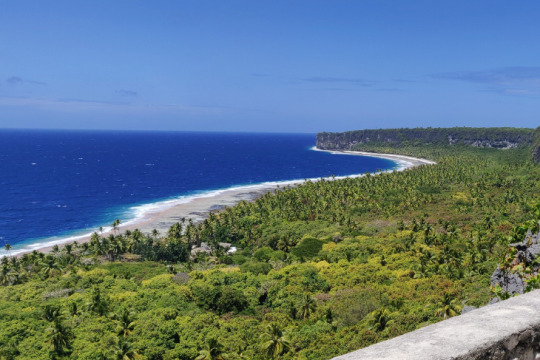
In Makatea, besides all the fantastic industrial heritage to discover, it is also possible to practice climbing, horseback riding or swimming in caves. Ask the locals about it!

 /
/ 